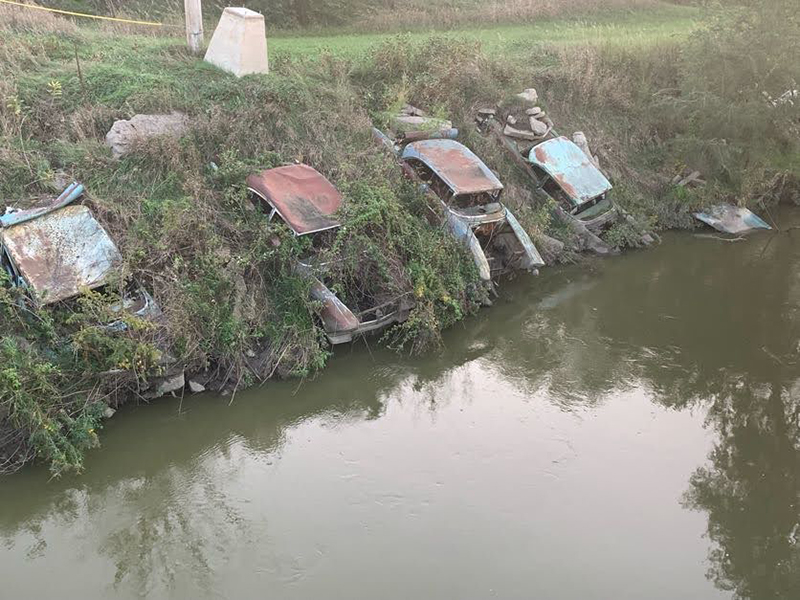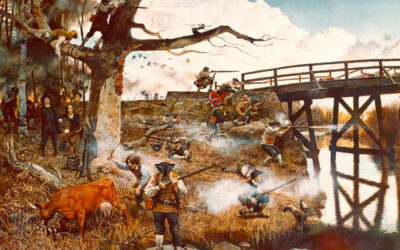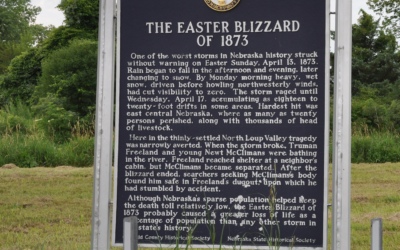Emily Copper noticed something weird along the Loup River near Columbus while looking at Google Maps. It looked like a line of old cars along the bank.

By David L. Bristow, Editor
While looking at Google Maps, Emily Copper noticed something weird along the Loup River near Columbus. It looked like a line of old cars along the bank. “So I went,” she wrote in an email to History Nebraska. “I found old, old cars lining the banks for… a mile maybe.” She sent her photos in the hope that we’d find them interesting.
Which we do. Not only is this a great example of curiosity in action, but it also reveals a mostly-forgotten story of twentieth century erosion control known today as “Detroit Riprap.” Public officials wanted to protect flood control levees, and landowners wanted to stop meandering rivers from swallowing their farmland.
We don’t know for sure that the practice started in Nebraska, but the Omaha World-Herald boasted of the “Omaha Plan” in 1927. The city began using junk cars to protect the East Bottoms along the Missouri River.
“It is nothing more than the dumping of old automobile tops along the river banks to form a riprap. The automobiles placed in tiers, criss-cross, are linked together by a cable. As the silt drifts in and settles in the bodies of the cars, a very effective barricade is formed.”

Similar practices became popular across the United States in the 1950s. It was part of a long habit of treating rivers as little more than sewers and riverboat highways. For many years a town’s riverfront was predictably its poorest, ugliest, and most industrialized area.
It is also part of a nationwide twentieth-century movement to control rivers with dams, riprap, and channelization. Today the Missouri River is one of the most highly engineered rivers the world. The benefits, environmental consequences, and management of that river have all grown more controversial over the years.
Detroit Riprap fell out of favor among professionals because of growing concerns about pollution. It persisted longer with private landowners looking for a cheap way to protect their property. Remnants can still be found along many rivers and creeks.

(Top and bottom photos by Emily Copper.)
Posted March 16, 2022
Read more about attempts to control rivers in Nebraska History Magazine (PDFs):
“‘Gentle River Goes Mad’: The Republican River Flood of 1935 and Its New Deal Legacy” (2016)
“The Missouri National Recreational River: An Unlikely Alliance of Landowners and Conservationists” (2009)
“‘A Thousand and One Little Delays’: Training the Missouri River at Omaha, 1877-1883” (1985)
“Flood Control and the Corps of Engineers in the Missouri Valley, 1902-1973” (1982)
Sources:
Daniel Rayzel, “From the Motor City to a Riverbank Near You: The Western Legacy of Detroit Riprap,” KUNC (Greeley, CO), Nov. 13, 2020, https://www.kunc.org/2020-11-02/from-the-motor-city-to-a-riverbank-near-you-the-western-legacy-of-detroit-riprap.
“Talking About River Flood Control, Here’s Omaha Plan!” Omaha World-Herald, Dec. 18, 1927, 5.





